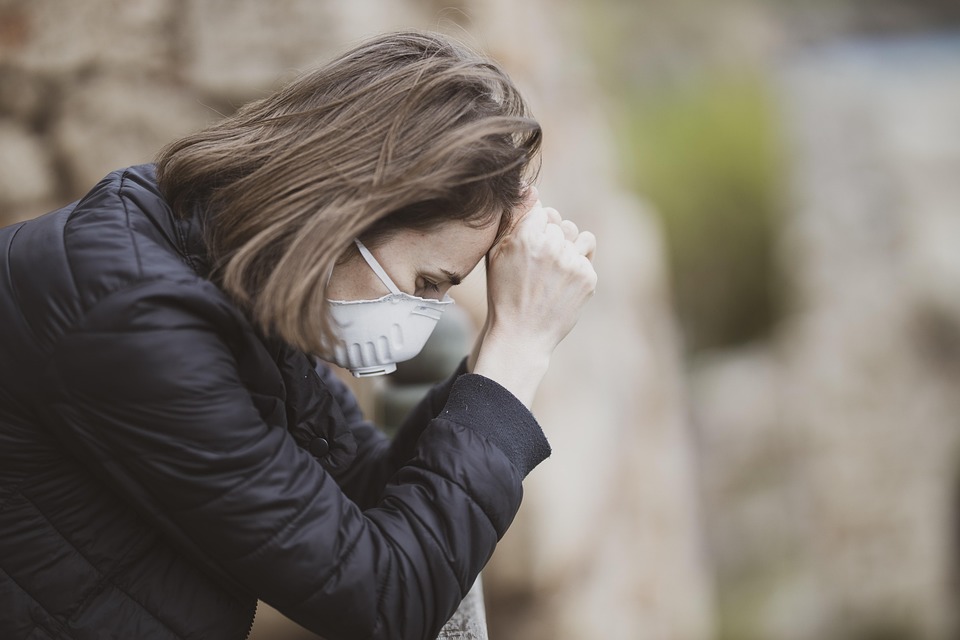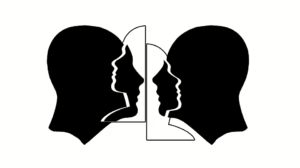Fear Factor: Understanding the Psychology of Phobias
Phobias are more than just a normal fear; they are intense, irrational anxieties that can disrupt daily life and well-being. With approximately 10% of the population experiencing a specific phobia at some point in their lives, understanding the psychology behind these fears is essential in tackling their impact on individuals.
What Are Phobias?
A phobia is characterized by an overwhelming fear of a specific object, situation, or activity, leading to avoidance behavior. The American Psychiatric Association categorizes phobias into three main types:
- Specific Phobias: These are fears associated with particular items or situations, such as spiders (arachnophobia), heights (acrophobia), or flying (aviophobia).
- Social Phobia: Also known as social anxiety disorder, this involves an intense fear of social situations, leading to avoidance of gatherings or interactions.
- Agoraphobia: This refers to the fear of situations where escape might be difficult, such as being in crowded places or open spaces.
Understanding these categories is the first step in recognizing how phobias manifest and affect individuals.
The Psychology Behind Phobias
Several psychological theories seek to explain the roots of phobias:
1. Classical Conditioning
Originating from the work of Ivan Pavlov, classical conditioning suggests that phobias can develop through associative learning. For instance, if a child has a negative experience with a dog, they may then associate all dogs with fear, leading to a phobia. This association is often formed during formative years when experiences can have a significant impact on emotional responses.
2. Operant Conditioning
B.F. Skinner’s theory highlights the role of reinforcement in shaping behavior. If avoiding a feared object leads to a reduction in anxiety, this avoidance behavior is reinforced, making it more likely to occur in the future. For example, a person who fears flying might avoid planes entirely, leading to a reinforcement cycle of anxiety relief, which can exacerbate the phobia over time.
3. Cognitive Theories
Cognitive theories focus on the thought processes that contribute to phobias. Individuals with phobias often engage in distorted thinking, believing that the feared object or situation is more dangerous than it is, contributing to heightened anxiety. This irrational perception alters how they react in various situations, sometimes even when faced with minor, non-threatening stimuli.
4. Biological Factors
Genetics may play a role in the predisposition to certain phobias. Studies have shown that individuals with a family history of anxiety disorders are more likely to develop phobias. Moreover, brain imaging studies have indicated that certain areas of the brain, such as the amygdala, are activated when individuals confront their fears. The amygdala is crucial for processing fear, thereby linking biological mechanisms with psychological phenomena.
Symptoms and Diagnosis
The symptoms of phobias can range from mild discomfort to severe distress. Common signs include:
- Intense anxiety when faced with the phobic stimulus
- Avoidance of places, situations, or animals associated with the phobia
- Physical symptoms, such as sweating, trembling, or a rapid heartbeat
Diagnosis typically involves a detailed psychological evaluation based on the DSM-5 criteria, including the intensity and duration of symptoms. Mental health professionals may conduct assessments through interviews and self-reported questionnaires to ascertain the severity of the phobia and its impact on daily functioning.
Treatment Options
Phobias can significantly impact one’s quality of life, but effective treatments are available:
1. Cognitive Behavioral Therapy (CBT)
CBT is a solution-focused approach that assists individuals in identifying and altering negative thought patterns associated with their phobias. This evidence-based therapy often involves gradual exposure, helping individuals face their fears in a controlled and supportive environment. Empowering individuals with coping strategies allows them to understand and control their fears progressively.
2. Exposure Therapy
A key component of CBT, exposure therapy involves gradual, repeated exposure to the feared object or situation. Over time, this reduces the fear response, helping individuals gain a sense of control. This method is rooted in the principle of habituation, where repeated exposure diminishes the emotional response associated with the fear, eventually leading to desensitization.
3. Medication
In some cases, medications such as antidepressants or anti-anxiety drugs might be prescribed. While these do not cure phobias, they can help manage symptoms and facilitate participation in therapy. Medications can be particularly beneficial for severe cases where anxiety may interfere with therapy progress or daily functioning.
4. Support Groups and Self-Help Strategies
Support groups offer a space for individuals to share experiences and coping strategies, while self-help techniques, such as mindfulness and relaxation exercises, can reduce anxiety levels. Engaging with others who are experiencing similar challenges can foster a sense of community and understanding, which is vital for recovery.
Case Studies and Real-World Implications
Individual phobia experiences can vary widely. Take, for example, someone suffering from arachnophobia. Their day-to-day life might involve checking every room for spiders, leading to increased stress and anxiety. Alternatively, someone with social phobia may avoid public gatherings, resulting in isolation, which can exacerbate the phobia further.
Empirical Evidence
Research demonstrates that phobias can typically be treated successfully with CBT or exposure therapy. A 2017 study found that about 90% of individuals with specific phobias showed significant improvement after participating in a structured exposure therapy program [modern_footnote_source_link]. Another study reveals that support systems, such as group therapy settings, can increase treatment adherence and success rates for those dealing with phobias.
Conclusion
Phobias are complex psychological phenomena that can deeply affect an individual’s life. Understanding the roots and mechanisms behind these irrational fears is vital in providing effective treatment and support. With advancements in therapy and increased awareness, individuals suffering from phobias can find effective ways to face their fears and regain control over their lives. While the fear factor can be daunting, knowledge and support can pave the way toward resilience and recovery.
In a world where many struggle with unmanageable fears, recognizing phobias not merely as personal weaknesses, but as psychological conditions that warrant understanding and support is crucial. With the right treatment strategies and a supportive community, those afflicted can learn to navigate their complexities and ultimately find peace.
References
- American Psychiatric Association. (2013). Diagnostic and Statistical Manual of Mental Disorders (5th ed.).
- Various studies on the effectiveness of CBT and exposure therapy in treating phobias.


























Add Comment